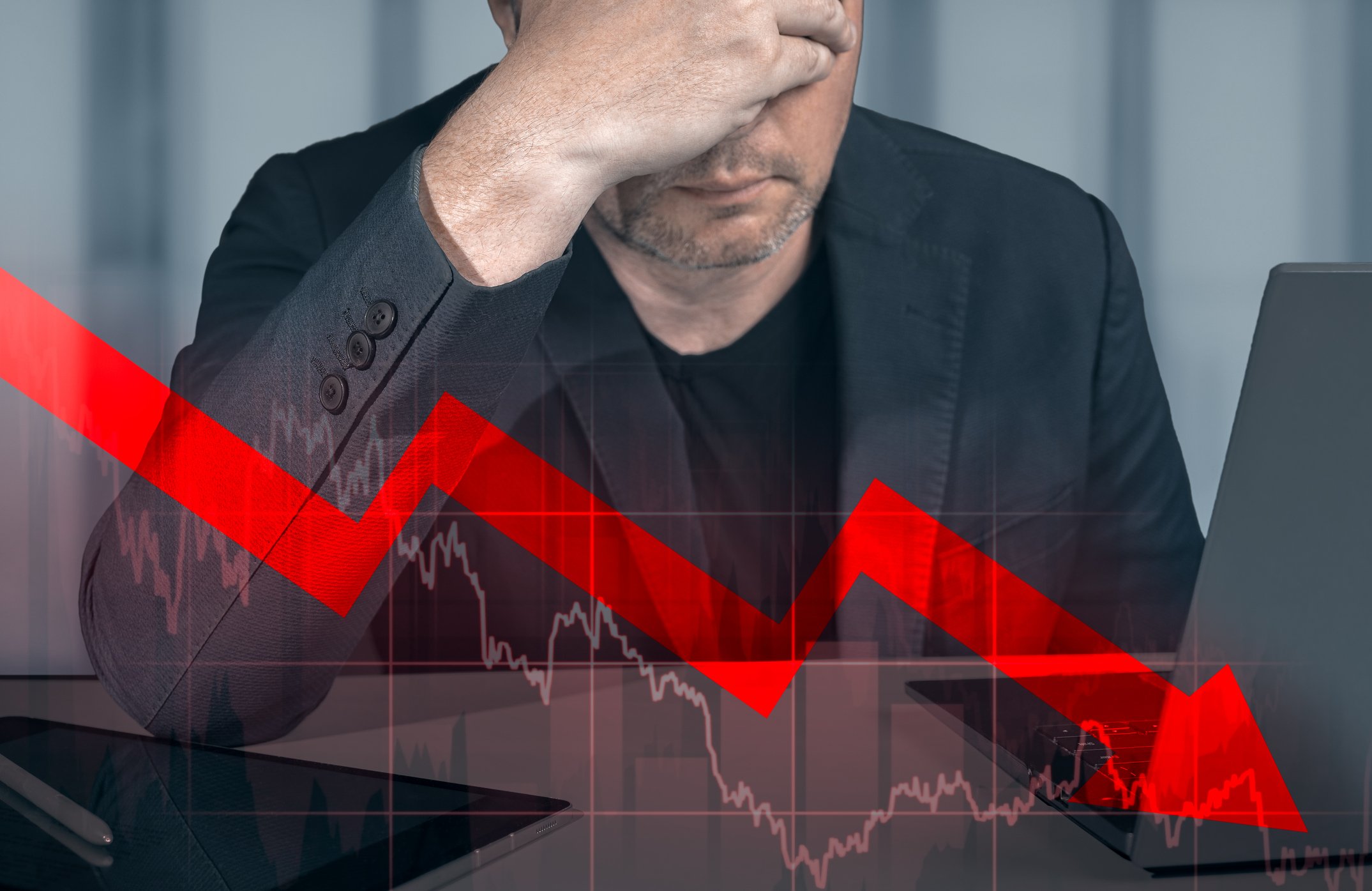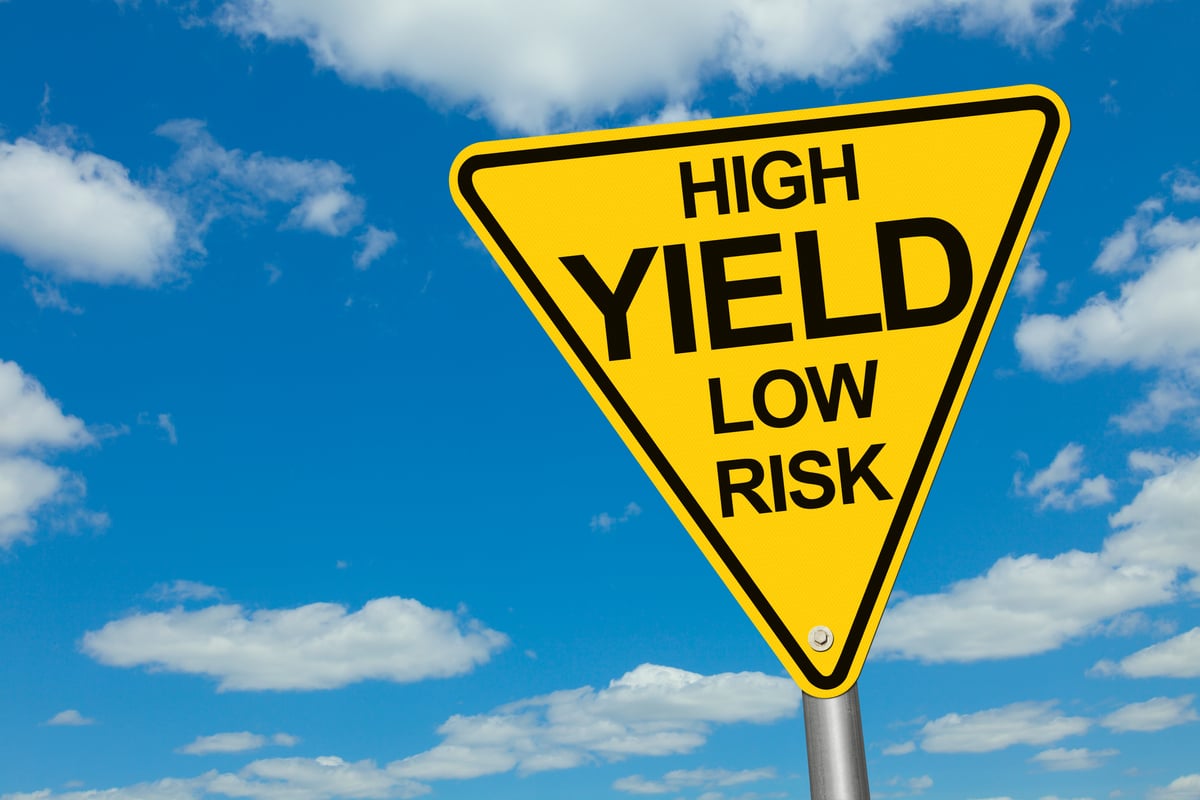Billions of dollars are spent annually on researching and developing drugs, but the truth of the matter, according to Medscape, is that just one out of every 5,000 to 10,000 compounds studied in preclinical trials is ever going to be approved by the Food and Drug Administration and find its way to market. And of those drugs that are approved, just a very select few are going to achieve blockbuster status (i.e., account for more than $1 billion in annual sales).

Source: Ben Harvey, Flickr.
The odds are certainly stacked against biopharmaceutical companies, but when a winner is discovered, shareholders tend to latch on with all their might. Pfizer's (PFE 0.04%) cholesterol-lowering drug Lipitor is a perfect example. Over the course of its patent protection period, Lipitor brought in $131 billion in cumulative sales -- more than double the second-most successful drug of all time, Bristol-Myers Squibb's Plavix, which totaled around $60 billion. Although Pfizer's pipeline is diverse, Lipitor was single-handedly able to deliver the cash flow necessary for Pfizer to grow its pipeline into what it is today.
With that in mind, I propose we examine the current three best-selling drugs in the world and see whether they have characteristics that would make them cash-flow cows like Pfizer's Lipitor or if their gains now are soon to be fleeting.
One thing to keep in mind is that we're getting into the heart of earnings season, so the drug-sale figures presented here will be extrapolated estimates based on results through the first half of the year.
Humira -- estimated 2013 sales: $10.1 billion
Humira is currently the best-selling drug in the world, bringing in $4.85 billion for AbbVie (ABBV 0.16%) through the first six months of the year and helping generate $349 million global partnership sales revenue for Eisai as of the end of its fiscal year in March. It's also a driving force behind AbbVie's income investor-friendly 3.3% yield.
In the case of Humira, it may be easier to look at what it isn't approved for than what it is! The drug has seven separate anti-inflammatory indications including rheumatoid arthritis, psoriatic arthritis, ankylosing spondylitis, juvenile idiopathic arthritis, plague psoriasis, and Crohn's disease, and most recently it was approved a year ago for ulcerative colitis. But even the best-selling drug in the world isn't perfect -- the FDA's panel recommended against approving Humira by a vote of 12-1 for the treating an inflammatory disease of the spine.
However, Humira and AbbVie have their flaws. AbbVie is going to begin losing some of its protective patents on Humira in late 2016, which is going to expose the drug to generic competition. Some of its recent approvals will help stave off its cliff dive, but rheumatoid arthritis is where a vast chunk of Humira's revenue comes from, and it's also the first patent to go.
More so than that, Humira accounted for 53.8% of AbbVie's global revenue in the first half of the year, including 62.5% of its international revenue. I would contend that overseas growth is where big gains are set to be made over the next decade and Humira's coming patent expirations could hamper AbbVie's push overseas.
Don't get me wrong. I think Humira is special and it'll continue to deliver improved results right up until its patents begin expiring in late 2016, but I don't believe AbbVie is a company you need to necessarily chase higher on high-single-digit growth in its lead drug.
Remicade -- estimated 2013 sales: $8.7 billion
Demonstrating steady year-over-year growth, but still a way behind Humira in second place, is Johnson & Johnson (JNJ +0.03%) and Merck's (MRK 0.21%) Remicade. Through the first nine months of the year, Remicade has brought in just shy of $5 billion for J&J and close to $1.1 billion in just the first two quarters for Merck.
Not to sound like a broken record, but Remicade has eight FDA approvals under its belt, including rheumatoid arthritis, adult and pediatric Crohn's disease, adult and pediatric ulcerative colitis, psoriatic arthritis, plague psoriasis, and ankylosing spondylitis. Almost like looking at a mirror image of Humira, isn't it?
But, unlike Humira, Remicade's patents extend a bit further out and aren't scheduled to begin expiring in the U.S. until 2018. Furthermore, J&J managed to extend Remicade's patents in most European countries earlier this year until February 2015.
Also unlike Remicade, both J&J and Merck have diversified pipelines that won't potentially collapse under the weight of one lost drug -- even if it is a blockbuster.
For Merck, Remicade will bring in around $2.2 billion in sales this year, which is equal to 5% or perhaps even a slight bit less in sales. With the potential approval of osteoporosis blockbuster odanacatib right around the corner, I wouldn't be too concerned about Merck's loss of Remicade revenue in a few years.
J&J is obviously going to take a bigger hit when Remicade disappears, as it's the health-care conglomerate's best-selling drug. Yet even accounting for somewhere near $6.7 billion to $6.8 billion in sales this year, Remicade still equates to less than 10% of J&J's total revenue. The reason is that J&J derives a good amount of revenue from its medical device operations (remember, it just completed a $19.7 billion purchase of Synthes), as well as its over-the-counter consumer products division. In other words, J&J is so diverse that I think you can enjoy the benefits of Remicade without fearing its inevitable patent expiration.
Advair -- estimated 2013 sales: $8.6 billion
Finally, we have the third best-selling drug in the world, GlaxoSmithKline's (GSK 0.57%) inhaled asthma treatment Advair, known also as Seretide. During the first half of the year, Advair has brought in a currency-adjusted $4.31 billion in revenue, pacing it at about $8.6 billion in worldwide sales for the year.
What's particularly unique about Advair is that it's already come off patent protection. You heard me correctly -- Advair is no longer under patent and is still bringing in $8.6 billion in annual revenue. Why? Because Advair is a complex formulation of two asthma drugs that biosimilar drug manufacturers have had a difficult time replicating. In addition, at no point since Advair came off patent in the U.S. in late 2011 did the FDA issue guidelines to generic-drug makers as to what tests it would need to see performed in trials in order to approve a biosimilar version of Advair -- until last month, that is!
In September, the FDA released a seven-page briefing document outlining what tests would need to be conducted to gain approval for a generic version of the drug. Generic-drug maker Mylan vaulted higher on the news, as Wall Street and investors view it as the mostly likely candidate to bring a generic version of Advair to market. However, even in a best-case scenario we're looking at a minimum of three years before Mylan will be able to bring generic Advair to pharmacy shelves.
That leaves us with the great question: What about Glaxo? I'm impressed with the pipeline progress Glaxo has made over the past couple of quarters, including what could be two key wins in COPD maintenance with partner Theravance as well as two new monotherapy melanoma cancer drugs. Yet I also understand that 20% of Glaxo's current revenue is dependent on Advair. Assuming it and Theravance gain approval for Anoro Ellipta (the FDA's panel has already given it a thumbs-up), Glaxo's COPD franchise could easily replace Advair's revenue when generic competition does reach the market in 2016 or 2017. It's a large pharmaceutical company I'd suggest health care-savvy investors dig a bit deeper into.










